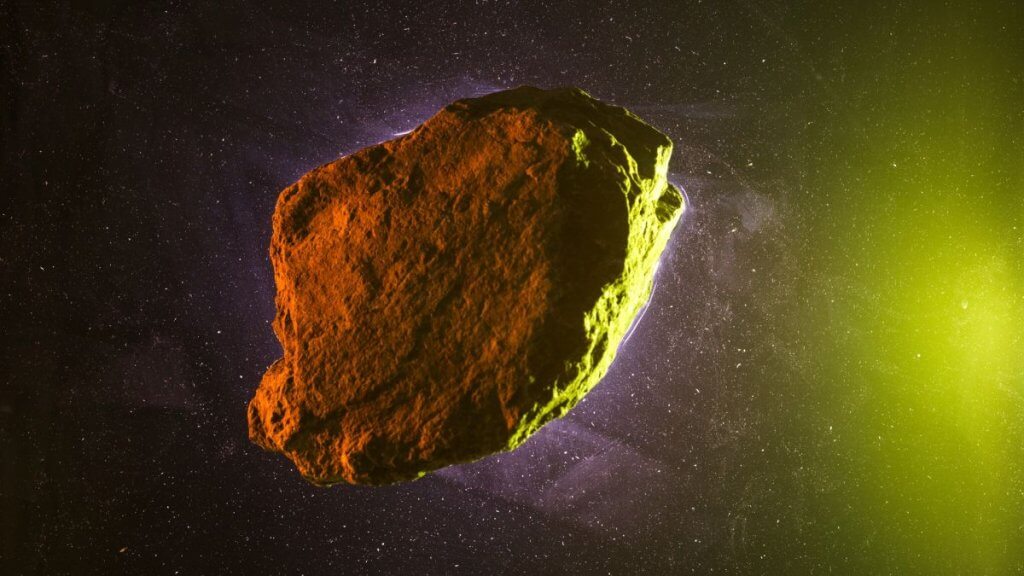
Watch a small asteroid fly by Earth closer than the moon tonight in this free livestream (Image Credit: Space.com)
The near-Earth asteroid 2023 EY will pass close to Earth on Thursday evening (March 16), and you can watch it live thanks to a free telescope livestream.
Asteroid 2023 EY is roughly 52 feet (16 meters) across and is expected to pass within 149,000 miles (239,800 kilometers) of Earth’s surface Thursday, or only about 62% of the average lunar distance (opens in new tab), according to astronomer Gianluca Masi of the Virtual Telescope Project. While this makes the encounter very close astronomically speaking, there is no chance of 2023 EY impacting our planet based on its current trajectory.
The close encounter with Earth means that larger ground-based telescopes should have no problem resolving the asteroid as it zooms by the planet. If you want to watch the flyby, the Virtual Telescope Project will host a free livestream Thursday beginning at 8:00 p.m. EST (0000 GMT on March 17) courtesy of the project’s website (opens in new tab) or YouTube channel (opens in new tab).
Related: What are asteroids?

Asteroid 2023 EY was first discovered just days ago, on March 13, by the NASA-funded Asteroid Terrestrial-impact Last Alert System (ATLAS) operated by the University of Hawaii. ATLAS is the first to be able to scan the entire sky every 24 hours, enabling astronomers to better catalog and identify near-Earth objects such as asteroids.
The survey consists of four telescopes that are each able to survey an area of the sky 100 times larger than the full moon, according to NASA (opens in new tab). Two of the telescopes are in Hawaii, while the other two reside in South Africa and Chile, respectively.
Together, ATLAS has discovered over 700 near-Earth asteroids so far, none of which has threatened the planet.
“We have not yet found any significant asteroid impact threat to Earth, but we continue to search for that sizable population we know is still to be found. Our goal is to find any possible impact years to decades in advance so it can be deflected with a capability using technology we already have, like DART,” NASA’s Lindley Johnson, planetary defense officer at the agency’s headquarters, said in a statement (opens in new tab).
While 2023 BY was never predicted to strike Earth, another asteroid made waves recently when it was given a 1-in-600 chance of hitting our planet in 2046. That other space rock longer poses a risk and will most certainly miss the planet, NASA announced.
Follow Brett on Twitter at @bretttingley (opens in new tab). Follow us @Spacedotcom (opens in new tab), or on Facebook (opens in new tab) and Instagram (opens in new tab).





